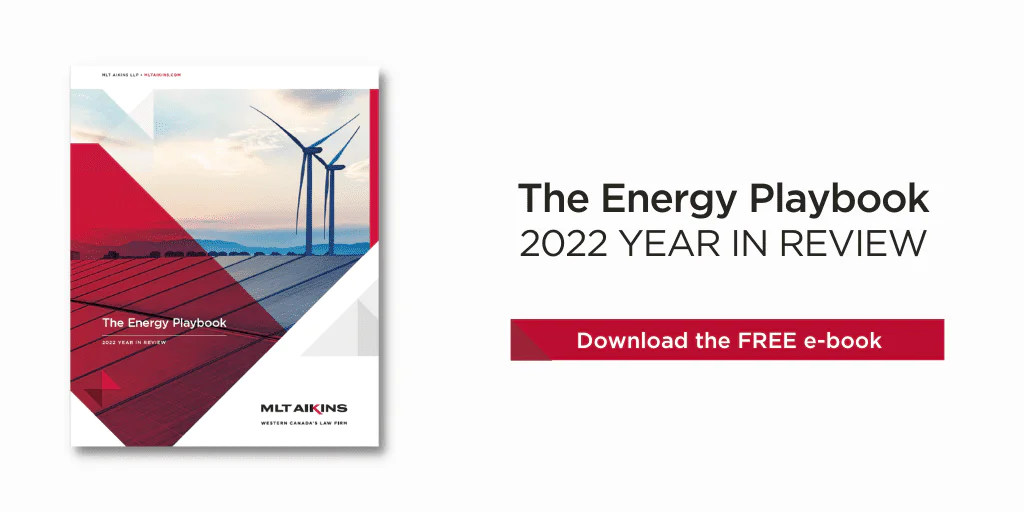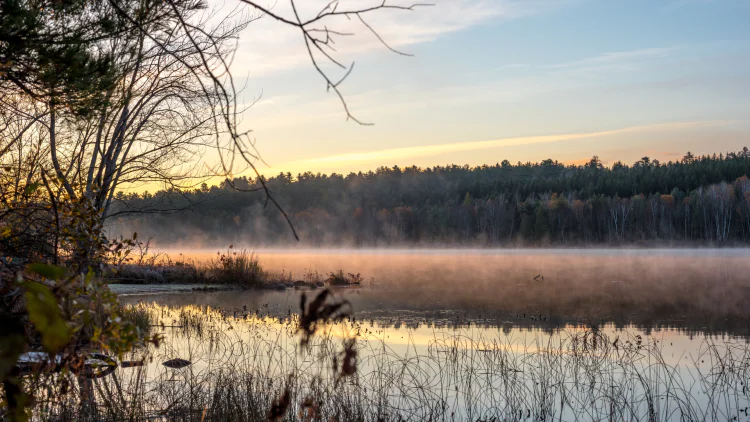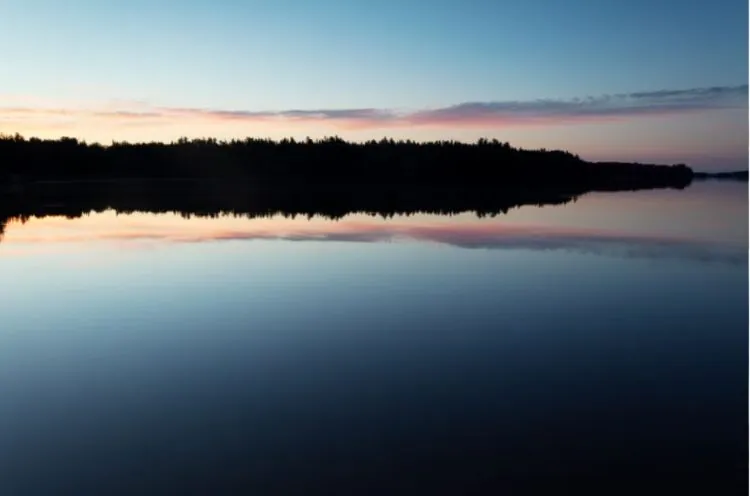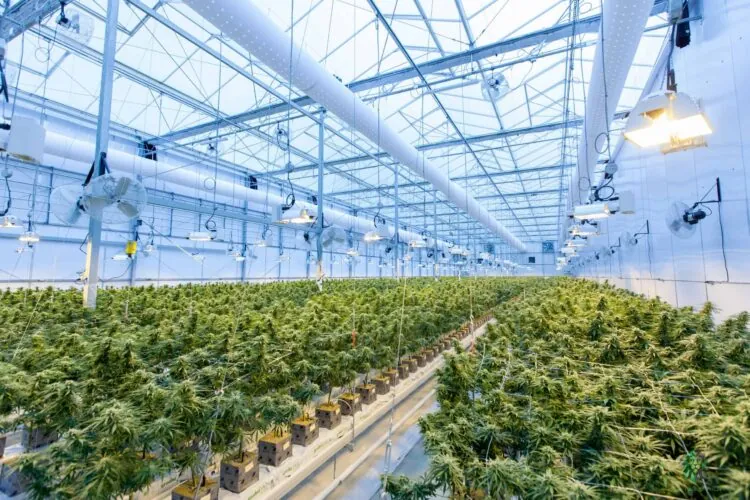An Interview with Tricia Thomas, Indigenous Relations Consultant

This article appears in our Energy Playbook 2022 Year in Review.
Author: Ken Tennenhouse

Indigenous communities are leading a growing number of major renewable energy projects in Western Canada, as individual communities and organizations strive to supply their own energy needs and become players in the energy industry. We had the opportunity to interview Tricia Thomas (Laxelewetsnaat), an Indigenous entrepreneur, facilitator, speaker and a proud member of Halalt First Nation on Vancouver Island.
Tricia started her company, Salish Eye Productions, in 2014 with the mission to create positive change for Indigenous People and build cross-cultural relationships through photo, video, design and communications. Tricia has an MBA in Sustainable Innovation from the University of Victoria (Gustavson School of Business) with a focus on cultivating Indigenous sovereignty through solar energy. She is now an instructor at the university teaching Indigenous community collaboration and business. Tricia also serves as an Indigenous Relations Consultant with organizations wanting to build meaningful relationships with the First Nations in whose territories they live and work.
Q: What kinds of Indigenous energy projects are you seeing?
A: First Nations are seeking a brighter future for the next generations, for our children, for wildlife and for our traditional livelihoods. There needs to be a door created by going into communities to develop relationships, to move forward and get these projects built to Indigenous standards. In addition to funding, a lot of things will need to be changed for that to happen.
Wind and solar power are very important energy sources. The Saulteau and West Moberly Lake First Nation partnered with Natural Forces to develop BC’s largest Indigenous-owned wind farm. Haida Gwaii is eliminating diesel reliance by building solar panel farms and trying to find ways to utilize tidal, wind, biomass and run-of-river energy. There’s a diversity of energy sources that need to be used. Nisga’a territory uses geothermal and Hupacasath uses run-of-river hydroelectricity. Meadow Lake Tribal Council recently opened a biomass facility in Saskatchewan. Hydrogen will be coming up in specific projects.
I think it’s important for us to start with off-grid communities, which are dependent on diesel fuels for their electricity. Diesel is toxic and dangerous, and has resulted in several social, environmental and economic sustainability concerns. I’ve heard stories about some communities getting off diesel and then hearing birds again. The wildlife came back to the community. You don’t realize how the sound of the diesel generators impacts nature and impacts our own health and well-being.
Q: What contributes to a successful Indigenous energy project?
A: Part of it depends on the geographic location. I’m located on Vancouver Island, and one of the big projects still talked about today is the T’Sou-ke Nation’s solar energy project. I’ve been up to the northern region where there are high winds, and saw the Sukunka Wind and Zonnebeke Wind projects near Chetwynd. It also depends on the opportunities the Nation is looking forward to. Many Indigenous leaders are mandated by their communities on how to go forward. There’s a lot of education that needs to happen around energy too. What is energy, different types of non-renewables and renewables, and so on, so that we can make informed decisions moving forward. The communities that have an interest in renewable energy need to be supported, because not everybody has the capacity or the administration to be able to implement these projects.
We need champions in the community, to support energy projects. Champions that are connected to the community, that work in alignment with community directions, and not outsiders who have a different agenda. The movement towards Indigenous economic sovereignty has attracted self-serving people into the communities and some have a different agenda than the communities do. So we have to be mindful of that as well.
Q: What can governments and business partners do better?
A: We’ve reached a point where we need to manage our natural resources. We’ve always done it, but we need to because not everybody is on the same page about only using what you need. That’s something that I was taught growing up is take what you need, leave the rest. There needs to be more action in B.C. to move towards cleaner energy. There are capacity issues, funding issues and relationship issues. All of these things are obstacles for industry, government and nations to overcome. Relationships need to be built and strengthened, and restrictive government policies need to be changed to allow that door to the Indigenous to be created. The Canadian government has supported non-renewables for decades.
Applying a lens through the United Nations Declaration on the Rights of Indigenous Peoples, UN Sustainable Development Goals, Truth and Reconciliation calls to action and OCAP Principles can guide the relationship with Indigenous Peoples so we can move forward, together. I’d also like to see the elimination of administrative burdens, and improved access to capital and federal procurement opportunities that enable Indigenous communities to participate in larger projects, and provide equitable participation for the communities.
We need more renewable energy financial investments. We have an opportunity with the push for clean energy and climate change, to move forward towards energy security. We need to be able to work together to attract investment. Right now there’s a strong emphasis on Indigenous partnerships. Any project would benefit from that approach, from a business perspective. As a company, if you combine Free, Prior and Informed Consent with ESG, then you have a better chance for project success. Businesses also have an ethical responsibility. A lot of companies now have a Reconciliation Action Plan to support their business with Indigenous communities. We need to get to know each other. Companies need to be looking at the TRC calls to action and aligning their organizations with Indigenous standards. An important element is shared decision-making, starting from the planning stage, not when a project is shovel-ready. That’s going to improve success factors with Indigenous people with rights and title to lands and resources.
Improving these relationships is good for the economy as a whole. Sometimes industry is afraid to share the pie, or there is no relationship. We need to have those difficult conversations to be able to move forward on the same page. We all want the same thing, so there needs to be meaningful collaboration between all parties.
Q: Tell us about the B.C. First Nations Energy and Mining Council.
A: The Council is a non-profit organization with a mandate from the First Nations Leadership Council of B.C. to support and facilitate responsible energy and mining resource development that protects the environment and ensures the cultural, economic and political well-being of First Nations in British Columbia. The Council is holding a Hydrogen Energy Workshop in January and I will be co-facilitating the event. Nations will have an opportunity to learn about hydrogen and express interest in pursuing it as an energy opportunity. They can get support to develop a strategy, based out of their region. Working with the council and in partnership with Foresight will be a good learning experience for all of us.
Q: What is your vision of how things should look 20 years from now?
A: I believe that empowering Indigenous People will help heal the planet. The traditional ways of being and knowing provided a model of sustainability that benefitted the entire community, the culture, and the land, preserving it for all generations to come. In my vision, I see people working together as one, connected in harmony with the land, and thriving on the path of wellness.
Note: This article is of a general nature only and is not exhaustive of all possible legal rights or remedies. In addition, laws may change over time and should be interpreted only in the context of particular circumstances such that these materials are not intended to be relied upon or taken as legal advice or opinion. Readers should consult a legal professional for specific advice in any particular situation.



